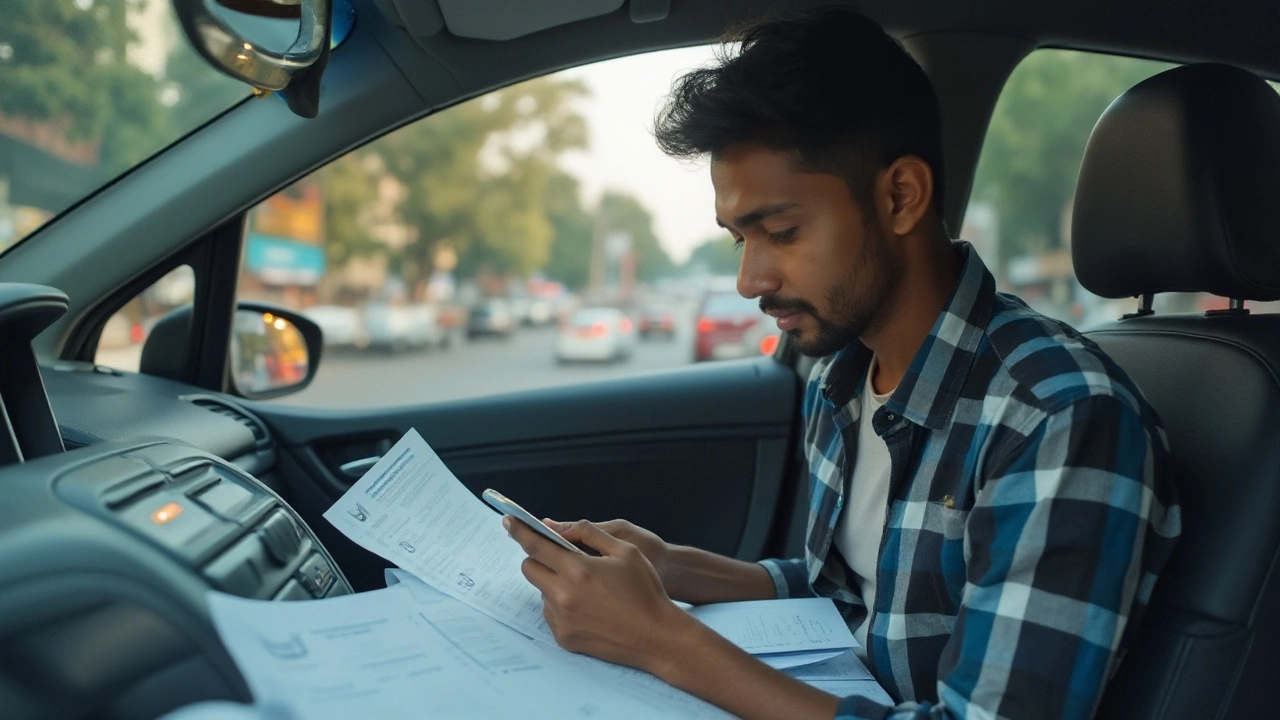Gig Economy Insurance: What Every Delivery Driver Should Know
If you’re a rider, driver, or any freelancer who moves packages around, you’re part of the gig economy. That freedom feels great, but it also means you’re on your own when something goes wrong. That’s where gig economy insurance steps in – it’s the safety net that protects your bike, your vehicle, your earnings, and even your health.
Why You Can’t Skip Insurance
Most gig platforms bill you for basic liability, but it often leaves gaps. A minor fender‑bender can cost a few thousand dollars, while a serious accident can ruin your finances fast. Plus, if you’re carrying other people’s goods, the sender could sue you for lost or damaged items. Without the right coverage, you could be paying out‑of‑pocket, losing your car, or even facing legal trouble.
Types of Coverage That Matter
Liability insurance covers damage you cause to other people’s property or injuries to third parties. It’s the core of any gig driver’s policy and usually required by the platform.
Vehicle insurance is separate from your personal auto policy. Some insurers offer a hybrid plan that merges personal and gig use, so you don’t have to buy two policies.
Cargo or contents insurance protects the items you’re delivering. If a parcel gets broken, stolen, or lost, this coverage helps you reimburse the client.
Health and accident insurance covers medical bills if you’re hurt on the job. Traditional health plans often have high deductibles for gig workers, so a supplemental plan can save you stress.
Income protection steps in if you can’t work after an accident. It replaces a portion of your earnings while you recover.
Choosing the right mix depends on how often you work, the value of the items you carry, and your personal risk tolerance.
How to Pick the Right Policy
Start by comparing quotes from at least three insurers that specialize in gig work. Look for policies that explicitly mention “rideshare” or “delivery” to avoid hidden exclusions.
Check the deductible – lower deductibles mean higher premiums, but they also mean you pay less out of pocket after a claim. If you’re on a tight budget, a slightly higher deductible can be reasonable.
Read the fine print about “companion rides” if you sometimes share a vehicle with a friend. Some policies only cover the primary driver, leaving the passenger exposed.
Ask about bundling discounts. If you already have health or personal auto insurance, some carriers will let you add gig coverage at a reduced rate.
Finally, consider the claims process. Quick, online claim filing and a dedicated gig‑support line can make a huge difference when you’re trying to get back on the road.
Saving Money Without Skipping Coverage
Track your mileage and keep a clean driving record. Many insurers reward safe drivers with lower rates after a year of no accidents.
Enroll in safety courses offered by platforms like Uber or DoorDash. Completing these can unlock discounts and also lower your risk of accidents.
Pay annually if you can. Monthly plans add extra fees, while a one‑time payment often saves you 10‑15%.
Don’t forget to review your policy every six months. Your earnings, vehicle, or the types of deliveries you do may change, and a better‑suited plan could be waiting.
In short, gig economy insurance is not a luxury – it’s a must‑have tool that lets you keep working, earning, and sleeping soundly. Get a quote today, compare the options, and protect the hustle you’ve built.
Best Insurance Options for DoorDash Drivers in 2025
Navigating the world of insurance can be complex for DoorDash drivers. In this article, we unfold the types of insurance policies needed to safeguard drivers while working. From auto insurance to business policies, we break down the essentials and share key tips to ensure you're fully covered on every delivery. Gain insights into legal requirements and practical advice for selecting insurance suited to your needs.
Read More